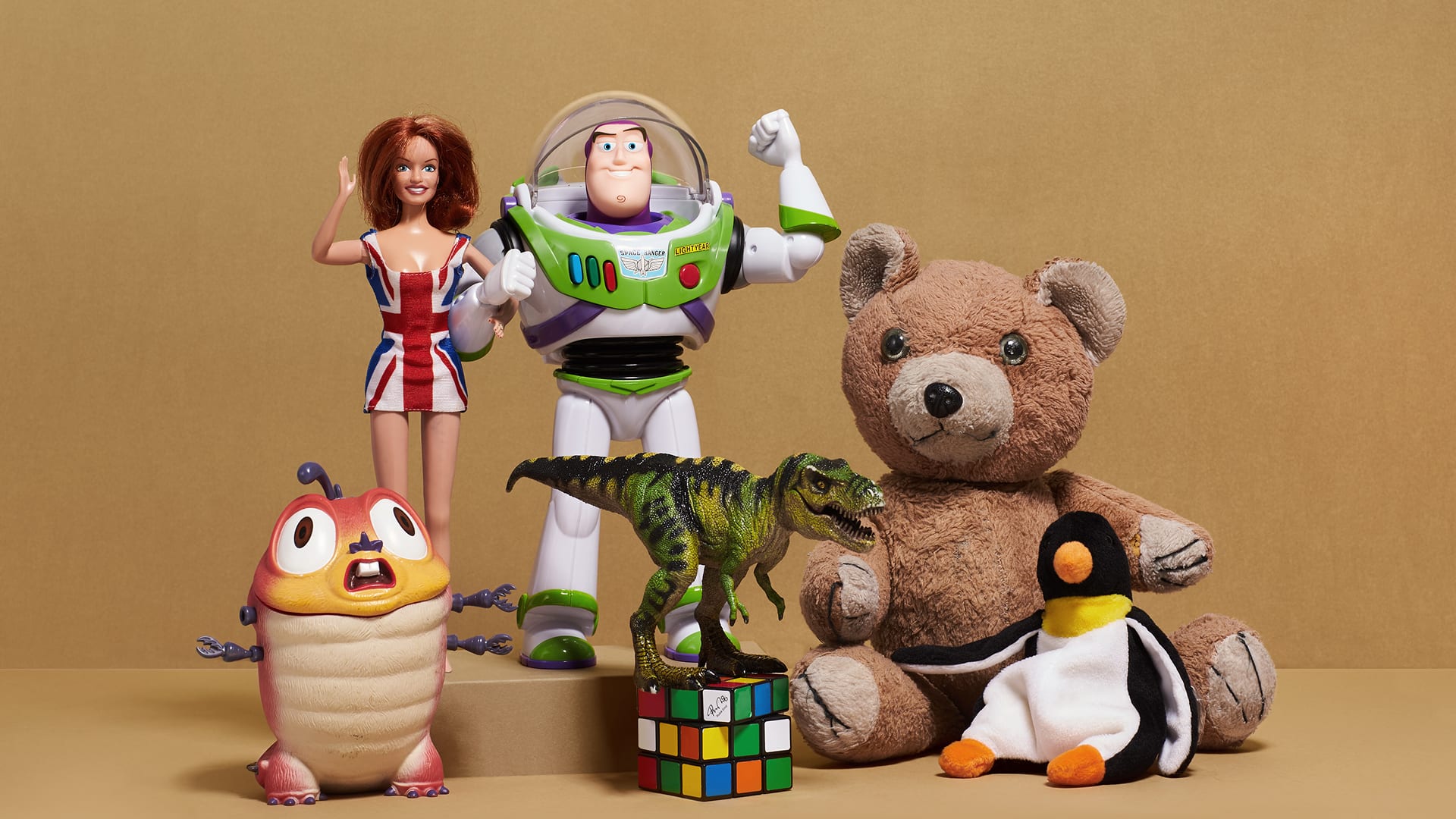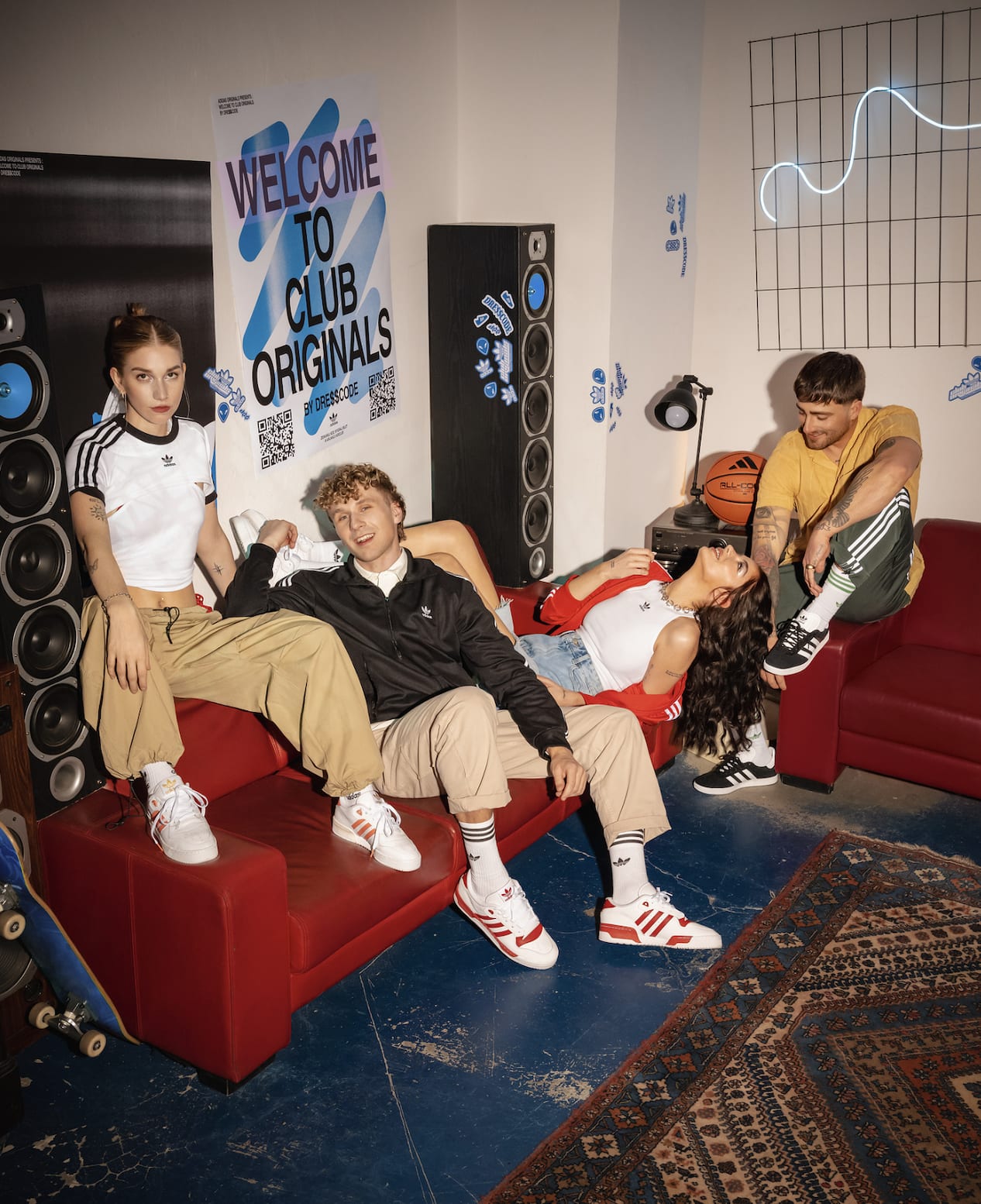Insights
Influencer Marketing: Current and Future Trends
Charlotte Dawson
03/05/19

Background
The current definition for social media influencers is “a user on social media who has established credibility in a specific field or industry. A social media influencer has access to a large audience and can persuade others by virtue of their authenticity and reach.”
The concept of using relatable or inspirational characters or people to promote products or services is a marketing strategy that has been used by brands longer than many of us may realise. For years now, brands have been utilising fictional characters in their marketing material, Coca Cola, for example, use Santa Clause and Kellogg’s is synonymous with Tony the Tiger.
Due to the emotionally driven nature of the consumer, these characters increase the likelihood of making a connection with the brand and in turn improve the chances of a conversion.
However, for previous generations consumerism was simpler and buying decisions were significantly easier due to a less saturated market. Social media was not an available marketing tool and Santa and Tony the Tiger, are not and will never be categorised as ‘influencers’. So, how have brands reacted to keep up with changing expectations?
Currently, social media is particularly appealing to brands due to the sheer volume of people using it along with the ability to effectively target different audiences and demographics. This development has resulted in the huge growth of influencer marketing and its ability to help brands make connections with specific demographics in order to drive sales, build the brand image and drive deeper consumer-brand connections.
Social Media Influencer Cohorts
Over 3 billion people use social media worldwide, this hugely diverse pool of potential customers is there for the taking by social media savvy brands. Partnerships and collaborations with influencers can be hugely impactful for brands, especially when done well.
Typically, social media influencers can be categorised into four groups, these being:
Mega Influencers – Highest ranking category of influencer, more than 1 million followers, often more famous than influential with a diverse audience covering a variety of different topics of interest.
Macro-Influencer – Commands a following between 100,000 and 1 million, often gained popularity through the internet producing content people connect with.
Micro-influencer – Following of between 10,000 to 100,000. Often occupy a certain niche which followers have a personal interest in e.g. travel, food, makeup bloggers.
Nano-Influencer – Less than 10,000 followers. Typically have a fiercely loyal following who pay close attention to what the influencer has to say via the content they post. Often require no monetary incentive other than free product. Have little to no impact on a brand’s image if they are caught up in controversy (low risk).
Notable Influencer Campaigns
MyCalvins originally launched in 2014 had amassed 179,000 posts on Instagram by 2015 using the hashtag. The campaign has stood the test of time largely due to the company understanding the value of using a variety of social media influencers, consequently the hashtag now has more than 675,000 posts on Instagram.
Calvin Klein have successfully integrated all cohorts into their campaign ranging from nano-influencers all the way up to mega-influencers, resulting in millions of consumers being reached and high engagement rates being recorded – what’s more is the volume of user generated content, which is a bi-product of this type of marketing, exposes yet more consumers to the brand, significantly boosting brand exposure and increasing the chance of sales at no extra cost to the company.
The below examples of social media influencers used by Calvin Klein range from 6000 up to 106 million followers, featuring people from all walks of life in order to appeal to a wider audience.
Calvin Klein has the ability to use such a variety of influencers because they are a fortunate enough to have a large enough budget to accommodate this in their campaigns. But what about brands who don’t have that capacity? The current trend appears to be the use of numerous micro-influencers who have the ability to garner as much reach as a few mega-influencers, while also being able to choose influencers who’s following demographic are more likely to be interested in their product or service.
A great example of a brand utilising micro and nano-influencers effectively is Glossier. The brand prioritises engagement rates over follower count. Glossier frequently reposts micro influencer content which garners impressive engagement. This substantiates the fact that when a number of micro influencers are used great exposure can be achieved for a lower cost. The ‘Glossier: Regular Women’ campaign relies on “normal women” to spread the word, this campaign also has a referral programme which allows its more influential followers to offer product discounts and other incentives to their followers.
Regulations and Solutions
By definition part of what makes influencer marketing so effective is their ability to “persuade others by virtue of their authenticity”, this is particularly relevant as many distrustful and introverted consumer demographics are looking for clarity and honesty from brands, likely due to a recent onslaught of dishonest political rhetoric and mass data breaches. In the interest of transparency to the consumer, the ASA (Advertising Standards Authority) issued a set of guidelines in 2018 for influencers to follow which ensured that any paid advertising is clearly identified by using an identifier such as ‘#ad’. By doing so, the values which make influencers so valuable are also being upheld, benefitting the industry as whole and prolonging the effectiveness of influencer marketing. However, even after these guidelines were introduced many influencer campaigns were subject to adverse publicity, primarily due to influencers and brands not taking them seriously. Made in Chelsea Reality TV stars Louise Thompson and Millie Macintosh were both subject to investigation by the ASA for not clearly identifying their sponsored posts, which tarnished their reputation as well as the brands they were affiliated with.
The infamous Fyre Festival is a further case study for the same issue. Their influencer campaign involved 63 predominantly mega and macro-influencers who simultaneously posted an orange tile onto their social media, the campaign gained incredible reach, clocking up 300 million impressions in just 24 hours, however this came with a colossal price tag and reached millions of people who wouldn’t be interested in attending the event. After the festival collapsed the influencers involved in the campaign received significant backlash for promoting a shambles festival, subsequently damaging the image of influencer marketing as a whole.
Since then, new influencer marketplace companies have capitalised on this digital minefield and built up a portfolio of influencers on their roster. Using in depth analytics of the influencer’s following, engagement etc. they recommend the ideal influencer for brands to use which best suits the aims and objectives of their marketing campaign. This makes choosing the ideal influencer for brands a simpler and more manageable process. They also ensure the influencer follows all legislation, consequently limiting the risk of controversy occurring and ensuring the brand achieves maximum ROI on their campaign.
Future
The social media landscape is ever changing and constantly evolving, new types of influencers pop up every day and there really is an influencer to satisfy every niche, meaning no brand should rule out the idea of utilising this marketing channel. One of the more bizarre yet effective types of influencer are digital avatars, perhaps the most popular of which is @LilMiquela who commands a following of 1.5 million and receives impressive engagement per post. She has recently taken part in a paid partnership with Samsung to promote the Galaxy S10 smartphone, furthermore she has featured on the cover of King Kong magazine and Highsnobiety and has been interviewed by Vogue.
Instagram itself is an ever-changing platform which brands and influencers alike must keep up with and react quickly to. The most recent and important change made is the ability to buy products within Instagram without leaving the app. The checkout feature is currently in a testing phase with only 23 brands being able to use it; including Nike, Burberry and UNIQLO with more brands joining in the coming months. These changes reduce friction points in the buying process making it more likely for a transaction to be made once an influencer posts an ad for a brand.


